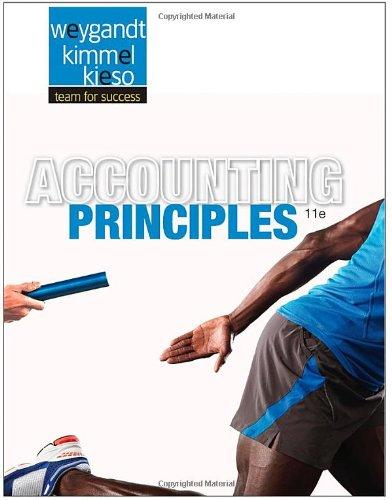Answered step by step
Verified Expert Solution
Question
...
1 Approved Answer
To be solved by DKetan. Describe the three methods used to allocate joint costs. What are the advantages/disadvantages of each allocation method? Which method would
To be solved by DKetan. Describe the three methods used to allocate joint costs. What are the advantages/disadvantages of each allocation method? Which method would you recommend? Why? Support your position with evidence from the text or external sources. Post should be 200-250 words.
Step by Step Solution
There are 3 Steps involved in it
Step: 1

Get Instant Access with AI-Powered Solutions
See step-by-step solutions with expert insights and AI powered tools for academic success
Step: 2

Step: 3

Ace Your Homework with AI
Get the answers you need in no time with our AI-driven, step-by-step assistance
Get Started



